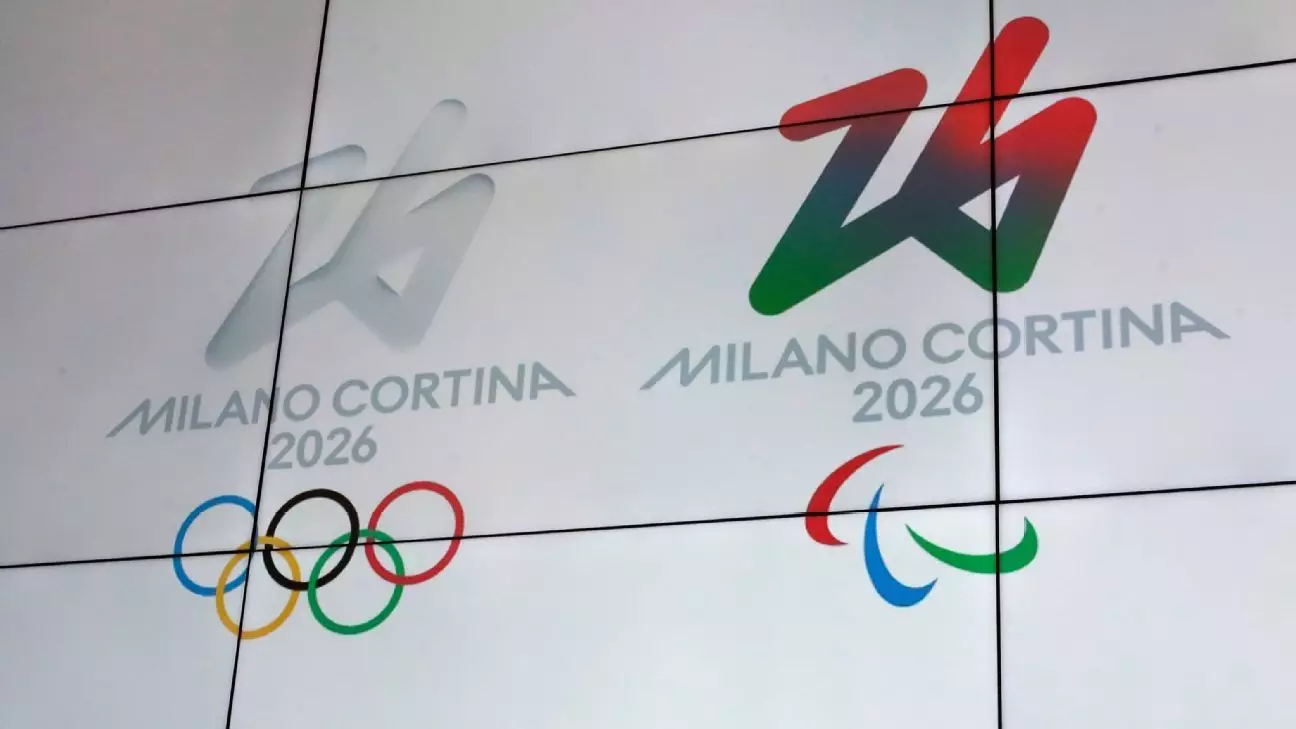The decision to reintegrate NHL players into the Olympic arena after a nearly decade-long hiatus marks a pivotal moment not only for ice hockey but for the entire sporting world. This renewed partnership signifies more than just athlete participation; it embodies a desire to reignite global passion for the sport and elevate its standing on the international stage. The Olympics are not merely a competition—they are a celebration of human excellence, unity, and resilience. Having the NHL’s finest talents return to this platform elevates the tournament’s prestige and promises a showcase of unparalleled skill and intensity.
The Complex Dynamics Behind the Agreement
Behind the scenes, this accord reflects a nuanced negotiation process involving various stakeholders, each with its own priorities and concerns. The NHL’s cautious stance over the years stemmed largely from worries about player injuries, scheduling conflicts, and the potential disruption to the league’s regular season. Similarly, the IOC and IIHF sought to balance the sport’s integrity with its global growth ambitions. The finalization of this deal reveals a shift in priorities—recognizing the immense value that top-tier competition brings to both the sport’s image and its commercial interests. The fact that the parties persisted despite initial hesitations demonstrates a shared commitment to cultural diplomacy through sport, transcending purely competitive considerations.
The Broader Impact on the Sport’s Future
The renewed Olympic presence is a catalyst for growing hockey’s global footprint. The sport historically struggled with visibility outside traditional markets like North America and parts of Europe, but Olympic inclusion offers an invaluable opportunity to capture worldwide attention. By welcoming NHL veterans into the fold, the 2026 Milano-Cortina Games can serve as a launching pad for attracting new fans, especially in emerging markets. It also positions the Olympics as a training ground for the sport’s future stars, inspiring younger generations to dream bigger. The collaboration between the NHL, IIHF, IOC, and NHLPA could redefine the boundaries of international hockey, making it more inclusive, competitive, and influential.
Controversies and Challenges: A Glimpse into the Struggles
Despite the optimism surrounding this agreement, it’s crucial to recognize the underlying challenges. The delay in finalizing the deal underscores the fragility of international sporting diplomacy. Concerns about player safety, the risk of burnout, and schedule logistics remain persistent obstacles. Moreover, the deal’s longevity—extending to the 2030 Olympics—raises questions about its sustainability amid evolving league priorities, player preferences, and geopolitical concerns. Critics might argue that this arrangement favors commercial interests over the true spirit of amateur international competition. Nonetheless, the stakeholders’ ability to reach consensus demonstrates a strategic balancing act that prioritizes long-term growth over short-term disagreements.
A New Chapter for Hockey on the Global Stage
Ultimately, this agreement signifies a bold step toward redefining hockey’s presence on the international stage. The participation of NHL players promises to deliver unforgettable moments—memories that resonate well beyond the rink. It challenges the notion that club commitments should always overshadow national pride and global camaraderie. This move underscores an evolving paradigm where the sport’s best athletes unite to forge a collective identity, igniting passion across borders. The 2026 Olympics in Milano-Cortina might very well be remembered as the event that reignited hockey’s global appeal and reaffirmed its place among the world’s most celebrated sporting spectacles.

